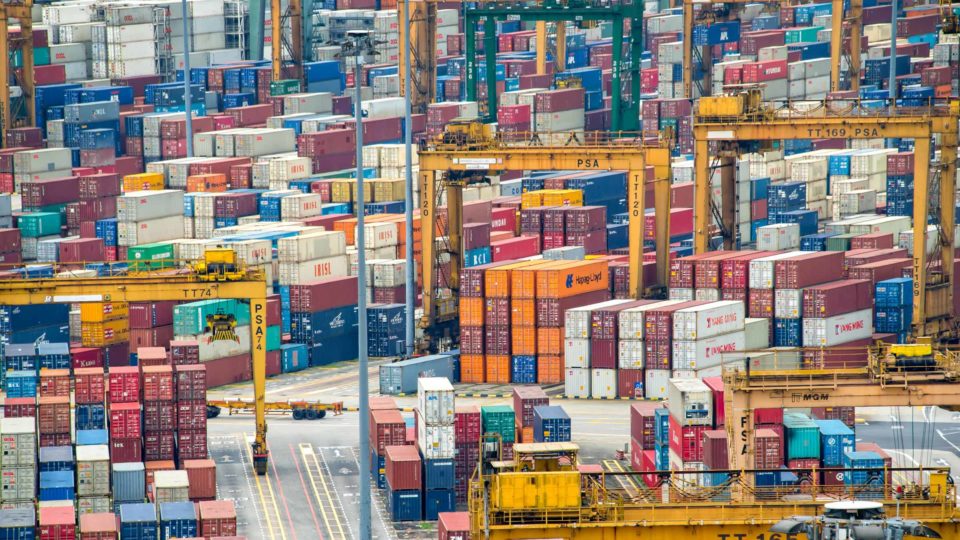Posted On December 10, 2020
2020 has been a record year for the shipping industry, with increases in demand and decreases in supply. All of the new and unexpected market challenges require extra planning and flexibility for supply chain leaders across the globe.
Flat World has been collaborating with clients and carriers alike to find the best available solutions. Here’s what to know for more successful international and domestic shipping now and in the coming months:
Expect shipping delays.
Fourth quarter demand for shipping is always high—but this year, demand has boomed. The pandemic has caused staff and equipment shortages for ocean freight companies and travel restrictions have led to fewer air freight options. Domestic and foreign ports are congested, with cargo vessels delayed in setting out from their place of departure and waiting to anchor at their destination.
Both imports and exports are facing significantly longer transit times than usual. Domestically, consumers are relying more on e-commerce for their retail needs: sales increased 44.5% between the end of 2019 and mid-2020, according to MH&L News. The surge in demand is causing frequent carrier rate increases.
Be aware of delays and plan ahead to help your company get the best results. Space on ocean vessels is currently booked at least a month out, so place your purchase orders as early as possible to prevent delays.
Look for sourcing alternatives.
There’s never been a better time to diversify your supply chain. Because shipping out of China is so congested, looking for alternative options in foreign sourcing outside of China can provide quicker alternatives to your current supply chain solutions.
And while international shipping is experiencing record delays, truckload and LTL domestic carriers have seen less dramatic shortages. Finding domestic sources for your materials likely costs more but could be worth the trade-off of getting supplies in on-time.
Stock up.
It’s likely that delays are here to stay for the duration of the pandemic. One way companies can ensure they have inventory on-hand? Ordering ahead. If you’re able to stock up and store supplies with short-term warehousing, you can bypass needing to transport more freight later on. (Need warehousing? We can help.)
Adopt an adaptive strategy.
When supply chains and market landscapes keep changing, so should your solutions. Be prepared to change course—through different carriers, routes or budget allocation—by regularly evaluating forecasts and trends. This strategy requires more legwork, but adaptability can lead to long-term resilience.
Rely on your freight forwarder.
If you’re having trouble finding solutions to your supply chain challenges, turn to your logistics provider or freight forwarder. As your partner, they can help look for alternative methods and research every possible avenue.
Flat World is committed to helping companies overcome the shipping and logistics challenges of 2020 and beyond. We’ll continue sharing market updates and advice on supply chain management here on our blog. If you have questions about an upcoming project or need help ensuring supply chain success for your company, contact us today.

